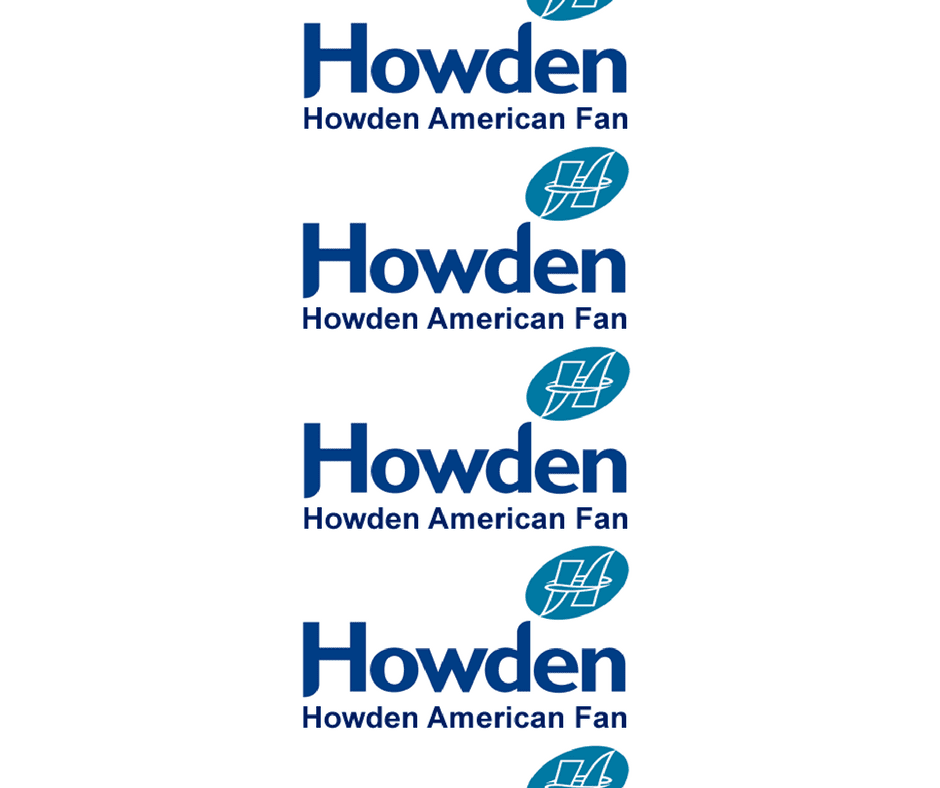Innovation to reduce negative impacts and improve performance is the driving force behind many industrial trends, which include changes in fan and blower design and usage. According to a Global Spec survey, industrial engineers are continually reinventing the form and function of traditional fans and blowers to adapt traditional airflow and ventilation systems to respond to today’s technically advanced manufacturing and production systems.
Emerging Fan Process Trends
Industrial design engineers were asked how they have adapted traditional fan usage to improve their customer’s environments. Their creativity offers insights and ideas for any company that uses or needs solutions to air quality concerns.
Using Air Pressure to Manage Air Handling Systems
Negative Air Pressure systems pull contaminated air out of a room, allowing its replacement by fresh, clean air. The concept responds to a need to prevent contaminated air from recirculating back into the vented space. The system has been used in hospitals and medical centers to rid treatment rooms and corridors of the germs, bacteria and disease spores brought in by their patients. Maintaining the negative air flow prevents the removed air from reentering the hospital ventilation system.
Conversely, high pressure blowers and pneumatic systems forcibly propel granular materials through ducts, keeping both the facility and the ductwork clear of contaminants.
Improved Efficiencies
” When properly doing their job, fans provide unmatched service that needs no alteration. Their power consumption, however, can still be significant and costly. Emerging fan and blower designs seek to reduce the amount of power necessary to keep the machines running at full capacity by using smart controls tailored to shift according to periods of high and low demands.
” Noise reduction is also an aspect of this evolution, with the introduction new, quieter designs that provide the same function without the unnecessary stress of high decibels.
” Engineers are finding enhances efficiencies in blade configurations, too. Even slight alterations in blade pitch and inlet vane controls result in less vibration and more air flow without increasing power consumption.
” Not insignificantly, evolved fans and blowers are also adapted to best suit their site of application. Inlet and outlet reconfigurations reduce the swirling caused when the flow hits an elbow or t-intersection, which can reduce the effectiveness and efficiency of the fan.





